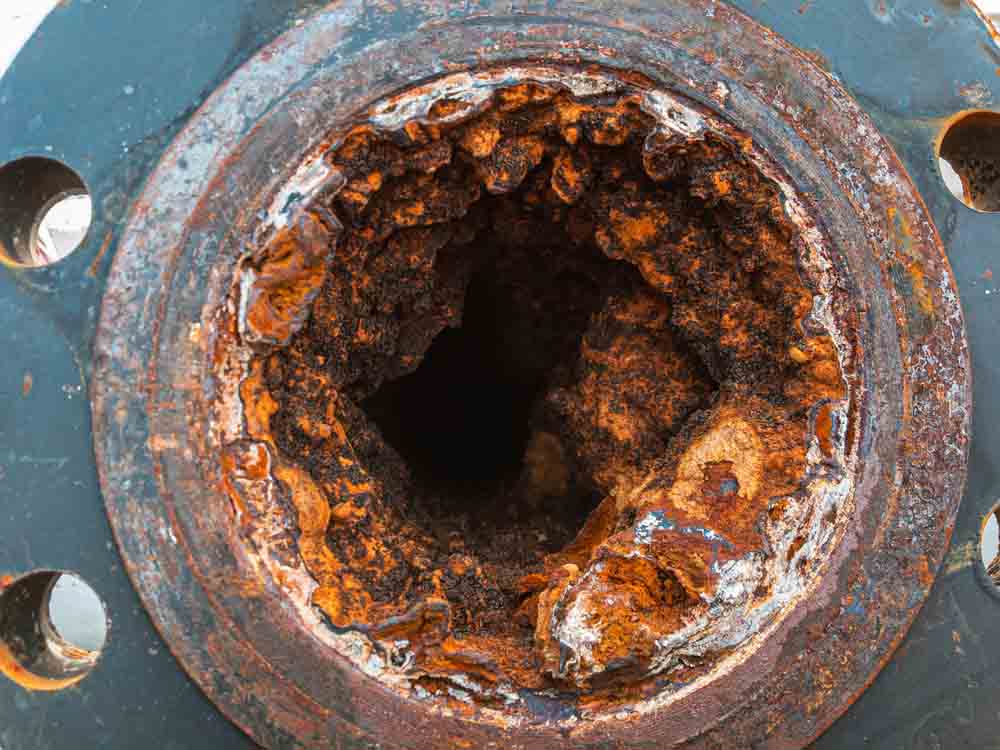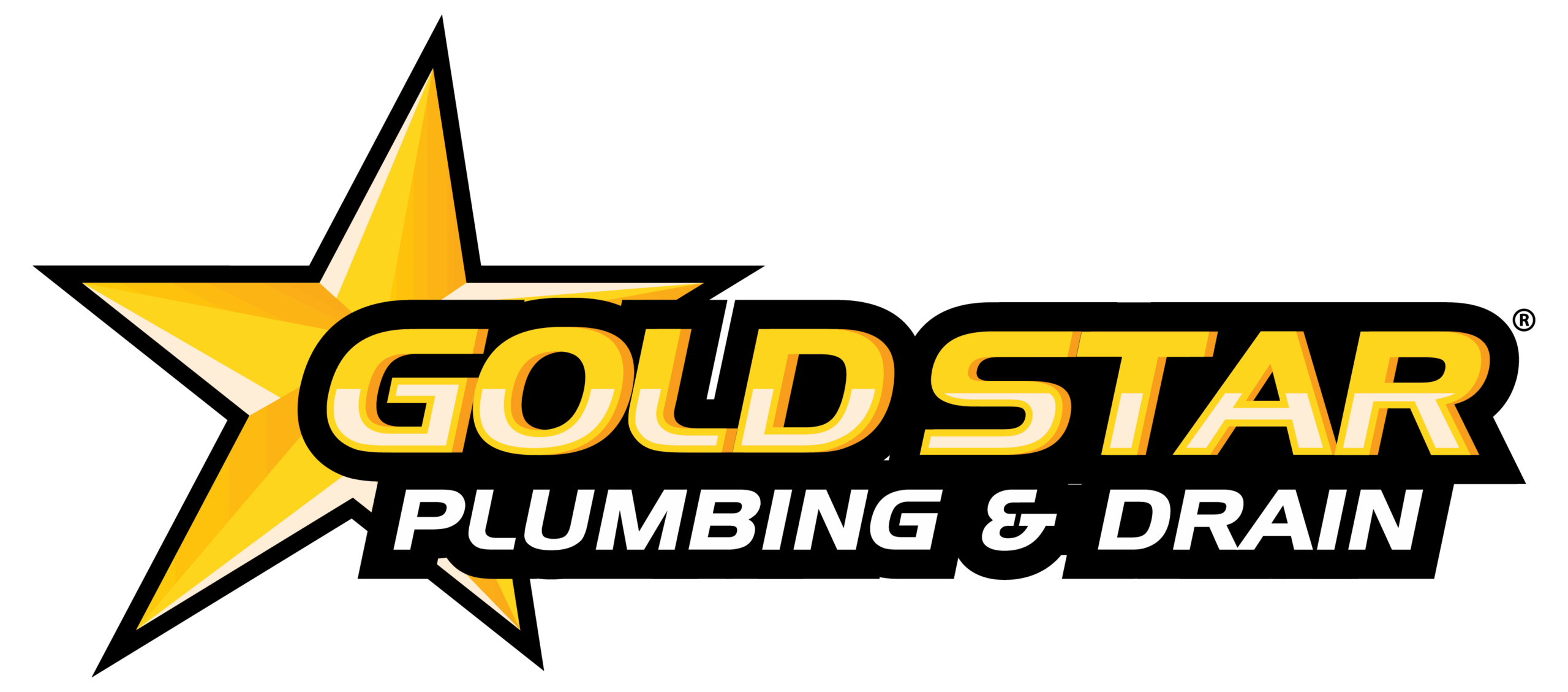
Clogged drains are more than a nuisance. When water backs up or moves slowly down the pipes, most people reach for a quick fix without asking why the problem keeps coming back. In many cases, recurring clogs aren’t just about debris—they’re a symptom of a larger issue: pipe corrosion. What begins as a slow drain can turn into significant damage if the warning signs are ignored. At Gold Star Plumbing & Drain, we’ve seen firsthand how unchecked corrosion leads to expensive, disruptive repairs—and how early action can make all the difference.
How Corrosion Triggers Clogs
Corrosion doesn’t happen overnight. Years of water flow, chemical reactions, and material breakdown slowly eat away at the inner walls of your pipes. As the pipe walls deteriorate, rough surfaces form inside the line, catching debris that once would have washed through without issue. What was once a smooth flow turns into a trap for hair, grease, and soap residue. Before long, you’re facing another clogged drain—and probably another temporary fix when what you really need is professional drain repair.
When Drain Cleaning Isn’t Enough
For property owners scheduling routine drain cleaning in Chandler, AZ, persistent clogging often points to corrosion lurking inside older pipes. If your home has galvanized steel or aging cast iron lines, there’s a good chance the interior has already started to degrade. At that point, cleaning the drain clears the blockage but does nothing to address the structural issue causing it.
The Shift From Clogs to Structural Damage
Corroded pipes are also more vulnerable to cracks and leaks. As sections of the line weaken, wastewater can escape into the surrounding soil or structural materials, triggering unpleasant odors, mold growth, or foundation trouble. This is when drain repair becomes unavoidable—not to clear a clog, but to fix what’s left of a failing system. When multiple sections are compromised, it may be safer and more cost-effective to move forward with a complete drain replacement.
Sewer Lines Aren’t Immune
Sewer systems face the same risk. Just like indoor drains, sewer lines can corrode over time, especially if they were installed decades ago or if they’ve been exposed to soil movement, hard water, or chemical drain treatments. Corrosion inside the sewer line reduces flow capacity and encourages frequent backups. Tree roots are more likely to invade corroded pipes because they sense moisture through the smallest cracks and naturally grow toward it.
When It’s Time for Sewer Repair or Replacement
That’s where sewer repair becomes a priority. While minor damage can sometimes be patched, widespread corrosion often means the integrity of the pipe is too compromised to trust. In those cases, sewer replacement is the only lasting solution. Replacing a failing line not only restores proper flow but also protects your property from future damage caused by leaks, sewage exposure, and structural instability.
Fix the Cause, Not Just the Symptoms
We’ve helped many local homeowners and business owners move from short-term fixes to long-term reliability. Our team uses advanced diagnostics to assess the true condition of your plumbing system, not just the part causing trouble today. Whether you need a spot-specific drain repair or are ready to upgrade with a full drain replacement, we’ll walk you through the most efficient and effective options. And if your sewer line is part of the problem, we’ll discuss whether a targeted sewer repair is possible or if sewer replacement will ultimately save more time and money.
Call Gold Star Plumbing & Drain
The cost of waiting is often higher than the cost of fixing the issue now. If your drains clog more often than they used to, or if you’ve already had work done with little improvement, it’s time to take a closer look. Don’t treat the symptoms when you can address the cause.
Gold Star Plumbing & Drain is here to help. Contact us today to schedule a full system evaluation. We’ll identify what’s really going on in your pipes—and recommend solutions that actually last.








